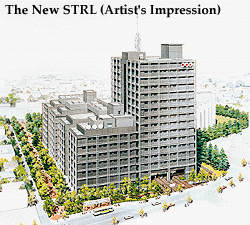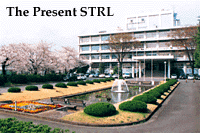 |
|
|
>> About us The NHK Science & Technical Research Laboratories is the research institute of Nippon Hoso Kyokai (Japan Broadcasting Corporation), which is Japan's sole nationwide public broadcasting corporation. The Laboratories were established in 1930, five years after the start of Japan's first radio broadcasts by NHK. For almost 70 years, the Laboratories have been specializing in research and development in the field of broadcasting and related technologies. Presently, the Science and Technical Research Laboratories are working on the development of next-generation broadcasting systems, including digital broadcasting, multimedia services, human-friendly broadcasts, program production systems, new imaging/ recording/displaying systems, and 3-D TV. In order to correspond to advancing research fields in the drastically changing media environment, an overall reconstruction of the present Laboratories is underway to establish the broadcasting technology research center for the 21st century. With the completion of the new structure in October 2001, the Science and Technical Research Laboratories will step into the 21st century, to the maturity of digital broadcasting and to pioneer new broadcasting technology yet to come. |
 Contributions
to the World as COE of
Broadcast Technology
Contributions
to the World as COE of
Broadcast Technology
